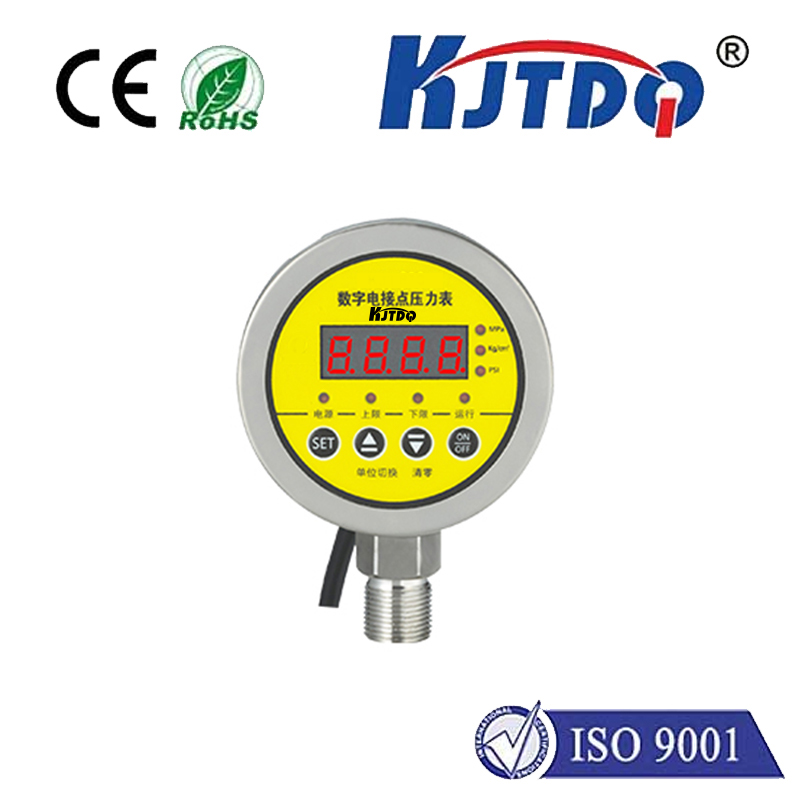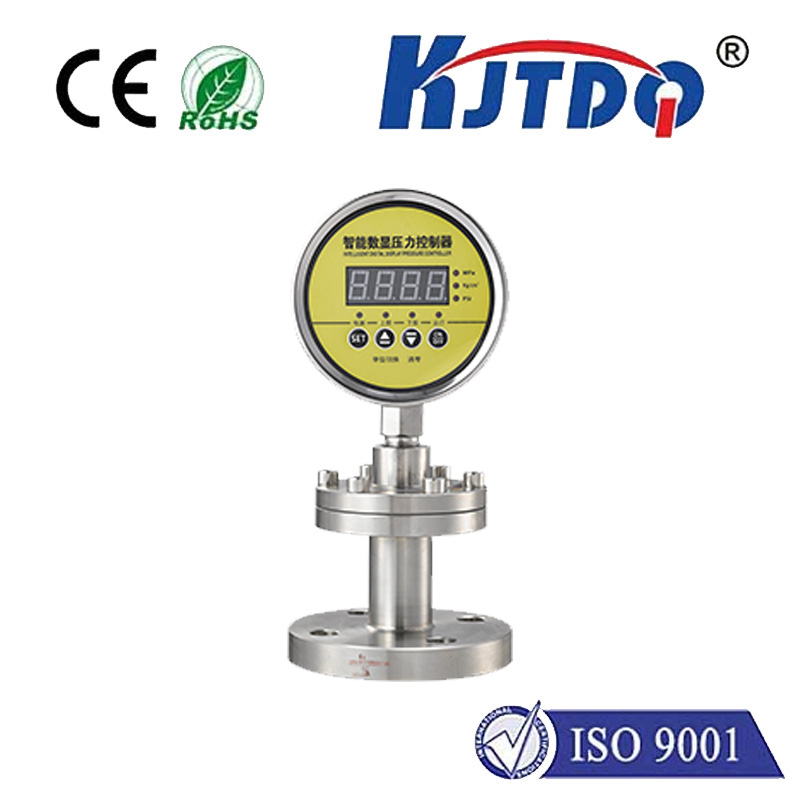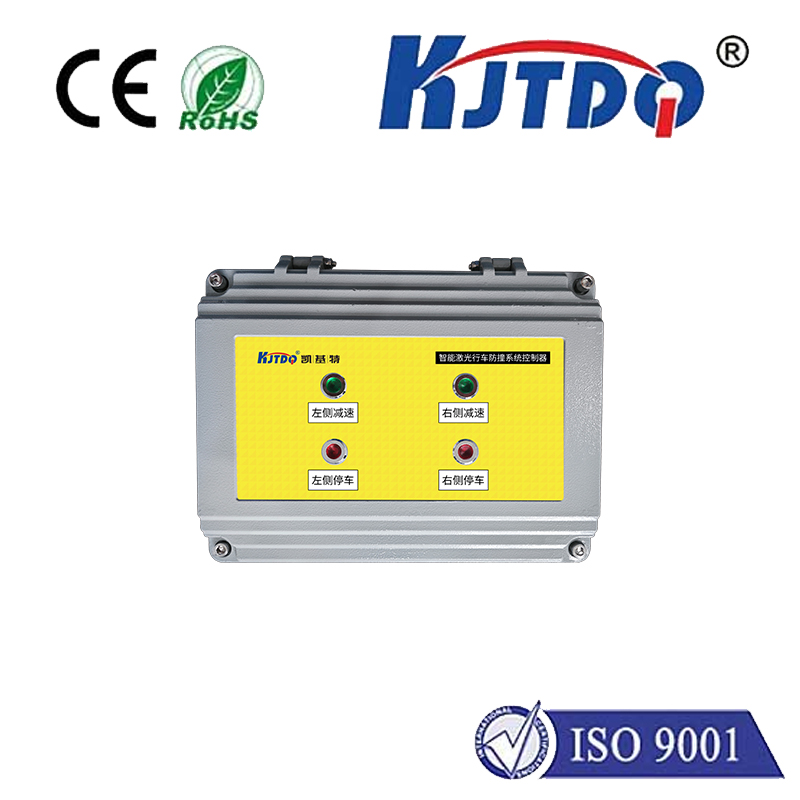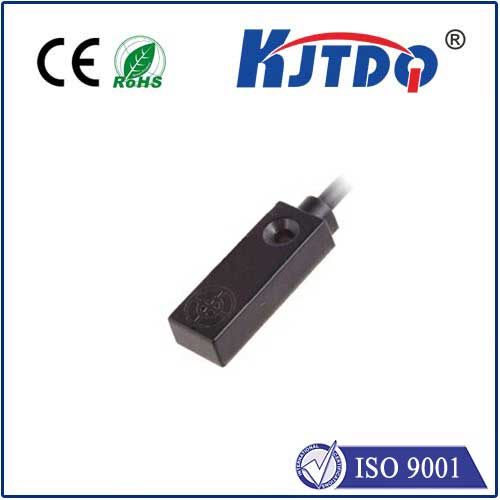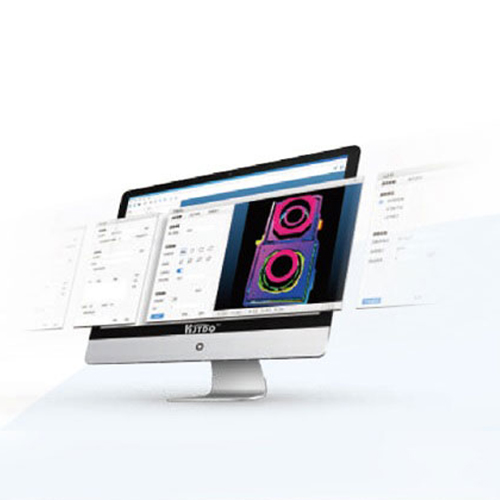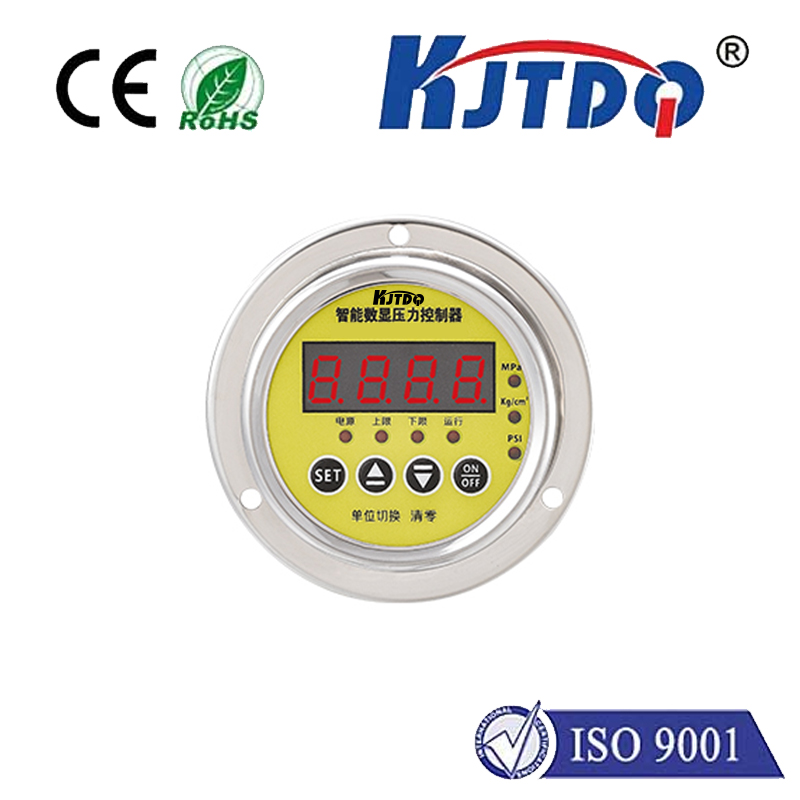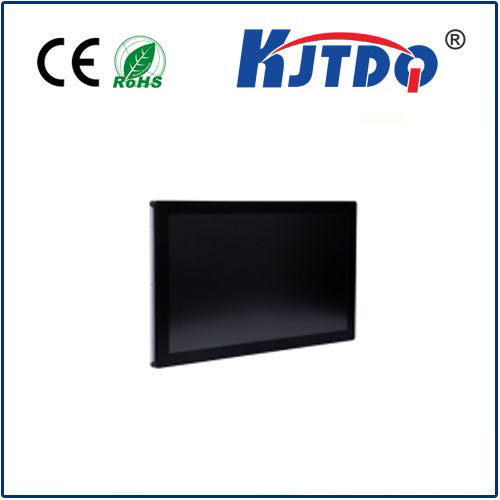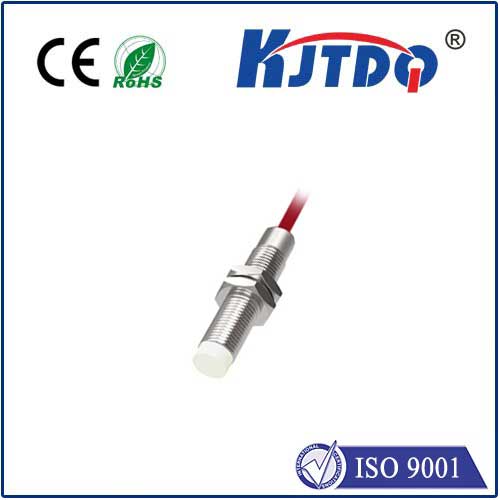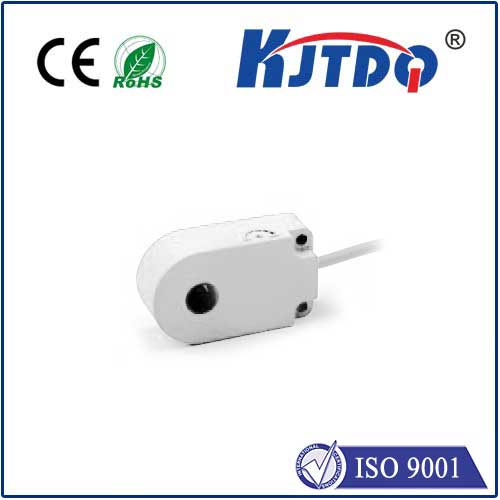Exploring the Power of VCSEL Proximity Sensors: Revolutionizing Modern Technology In the rapidly evolving world of technology, precision and efficiency are paramount. One innovation that has quietly but significantly transformed various industries is the VCSEL proximity sensor. Standing for Vertical-Cavity Surface-Emitting Laser, VCSEL technology has become a cornerstone in the development of advanced proximity sensors. These sensors are now integral to numerous applications, from smartphones to automotive systems, offering unparalleled accuracy and reliability.
At its core, a VCSEL proximity sensor is a device that uses VCSEL technology to detect the presence of nearby objects without physical contact. Unlike traditional LED-based sensors, VCSELs emit a highly focused beam of light, enabling more precise measurements. This technology operates by emitting infrared light and measuring the time it takes for the light to reflect off an object and return to the sensor. This data is then used to calculate the distance between the sensor and the object.
The superiority of VCSEL proximity sensors lies in their unique design and functionality. VCSELs are semiconductor lasers that emit light perpendicular to the surface of the chip, unlike edge-emitting lasers. This vertical emission allows for a more compact and efficient design, making them ideal for integration into small devices. One of the key advantages of VCSEL proximity sensors is their high speed and accuracy. The narrow beam of light they emit ensures that the sensor can detect objects with minimal interference from ambient light. This makes them particularly useful in environments where precision is critical, such as in medical devices or industrial automation. Additionally, VCSELs are known for their low power consumption. This energy efficiency is crucial for battery-operated devices like smartphones and wearables, where conserving power is essential for extended usage. The durability of VCSELs also contributes to their popularity, as they have a longer lifespan compared to traditional LED-based sensors.
The versatility of VCSEL proximity sensors has led to their adoption in a wide range of industries. Here are some of the most prominent applications:

Потребительская электроника: Perhaps the most well-known use of VCSEL proximity sensors is in smartphones. These sensors are used to detect when a user is holding the phone to their ear, automatically turning off the display to prevent accidental touches. This feature not only enhances user experience but also conserves battery life.
Автомобильная промышленность: In modern vehicles, VCSEL proximity sensors play a crucial role in advanced driver-assistance systems (ADAS). They are used in applications such as automatic emergency braking, adaptive cruise control, and parking assistance. The high accuracy of these sensors ensures safer and more reliable vehicle operation.
Промышленная автоматизация: In manufacturing and logistics, VCSEL proximity sensors are used for object detection and positioning. Their ability to operate in harsh environments and provide precise measurements makes them invaluable for automating complex processes.
Healthcare: VCSEL technology is also making waves in the medical field. Proximity sensors are used in various medical devices, such as infusion pumps and diagnostic equipment, to ensure accurate and safe operation.
Augmented Reality (AR) and Virtual Reality (VR): As AR and VR technologies continue to advance, the demand for high-precision sensors has grown. VCSEL proximity sensors are used in AR/VR headsets to track user movements and interactions, providing a more immersive experience.
As technology continues to advance, the potential applications for VCSEL proximity sensors are virtually limitless. Researchers are constantly exploring new ways to harness the power of VCSEL technology, from improving existing applications to developing entirely new ones. One area of particular interest is the integration of VCSEL proximity sensors with artificial intelligence (AI) and machine learning (ML). By combining the precision of VCSEL sensors with the analytical capabilities of AI, it is possible to create systems that can learn and adapt to their environments in real-time. This could lead to significant advancements in fields such as robotics, autonomous vehicles, and smart home technology. Another promising development is the miniaturization of VCSEL proximity sensors. As devices become smaller and more compact, the demand for equally small yet powerful sensors increases. Advances in semiconductor manufacturing are enabling the production of even smaller VCSEL chips, paving the way for their integration into a wider range of devices.
While VCSEL proximity sensors offer numerous benefits, there are also challenges that need to be addressed. One of the primary concerns is the cost of production. VCSEL technology is still relatively expensive compared to traditional LED-based sensors, which can be a barrier to widespread adoption. Another consideration is the need for precise calibration. The accuracy of VCSEL proximity sensors depends on proper alignment and calibration, which can be complex and time-consuming. Ensuring consistent performance across different environments and applications requires careful design and testing. Despite these challenges, the benefits of VCSEL proximity sensors far outweigh the drawbacks. As technology continues to evolve, it is likely that these challenges will be overcome, further solidifying the role of VCSEL technology in the future of proximity sensing. In conclusion, VCSEL proximity sensors represent a significant advancement in the field of sensing technology. Their high speed, accuracy, and energy efficiency make them ideal for a wide range of applications, from consumer electronics to industrial automation. As research and development continue, the potential for VCSEL proximity sensors to revolutionize modern technology is immense.
